
Cuisine
Pashtun cuisine
Pashtun cuisine is heavily influenced by the region's geography and climate, as well as its history and culture. The cuisine is characterized by its use of meat, particularly lamb and beef, as well as a variety of spices and herbs. Rice and bread are also staples of the cuisine, and are often served alongside meat dishes. Pashtun cuisine is known for its bold and complex flavors, which are achieved through the use of a wide range of spices and herbs. Some of the most commonly used spices in Pashtun cuisine include cumin, coriander, turmeric, and cardamom.
Typical ingredients
Lamb, Beef, Chicken, Rice, Bread, Lentils, Chickpeas, Spinach, Tomatoes, Onions, Garlic, Ginger, Cumin, Coriander, Turmeric, Cardamom, Chili peppers
Presentation and garnishing
Pashtun cuisine is often presented in large platters or bowls, and is garnished with fresh herbs and spices. Bread is also an important part of the presentation, and is often served alongside meat dishes.
Pashtun cuisine is known for its use of yogurt, which is often used as a marinade or sauce for meat dishes. Yogurt is also a common ingredient in many Pashtun desserts.
More cuisines from this region...
Punjabi cuisine, Mughlai cuisine, Kashmiri cuisine, Sindhi cuisine, Muhajir cuisine
History
Pashtun cuisine has a long and rich history that dates back thousands of years. The cuisine has been influenced by a variety of cultures and civilizations, including the Persians, Greeks, and Mongols. Over time, Pashtun cuisine has developed into a unique and distinct culinary tradition that is celebrated throughout the region. Today, Pashtun cuisine is an important part of the cultural heritage of the Pashtun people, and is enjoyed by people all over the world.
Cultural significance
Pashtun cuisine is an important part of the cultural identity of the Pashtun people, and is often served at weddings, festivals, and other special occasions. The cuisine is also an important part of the hospitality culture in the region, and guests are often served large and elaborate meals as a sign of respect and honor.
Health benefits and considerations
Pashtun cuisine is generally high in protein and low in carbohydrates, which makes it a good choice for people who are looking to build muscle or lose weight. However, some dishes can be high in fat and calories, so it is important to eat them in moderation.
Pashtun cuisine recipes Browse all »
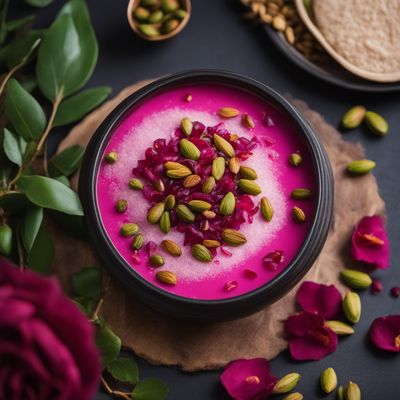
Pashtun-Style Piragua
Refreshing Pashtun Ice Treat: Piragua with a Twist
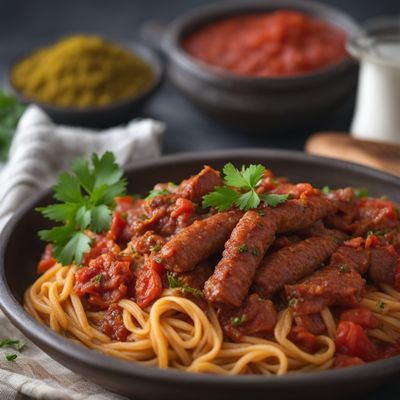
Pashtun-style Gramigna with Salsiccia
Spiced Pasta Delight: Pashtun-inspired Gramigna with Salsiccia

Pashtun-style Spicy Curry Paste
Fiery Pashtun Curry Paste: A Burst of Flavors from the East

Pashtun-style Yuca Fritters
Savory Pashtun Yuca Delights
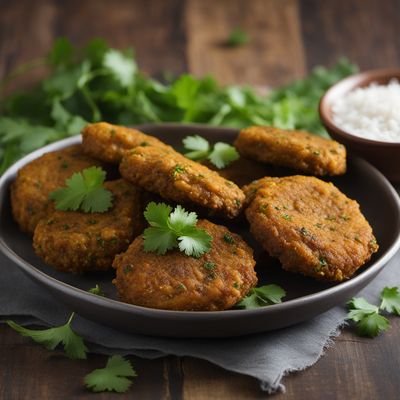
Pashtun-style Lentil Fritters
Savory Pashtun Delight: Lentil Fritters with a Crunchy Twist

Pashtun-style Chicken Pulao
Spiced Chicken Pulao with Fragrant Basmati Rice

Pashtun-style Roasted Cupim
Tender and Flavorful Pashtun Roasted Cupim: A Delightful Fusion of Brazilian and Pashtun Flavors

Pashtun-style Nafeleh
Savory Pashtun Delight: Pashtun-style Nafeleh
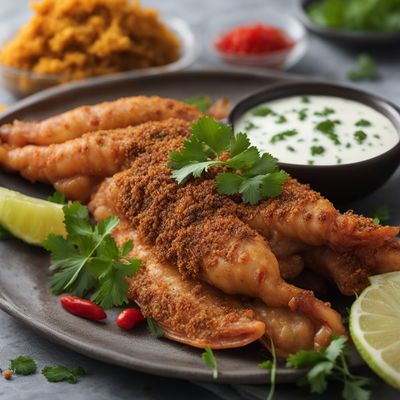
Pashtun-style Stuffed Squid
Squid Delight: Pashtun-inspired Stuffed Seafood

Pashtun Yaroa
Spiced Pashtun Yaroa: A Fusion of Flavors

Pashtun-style Spiced Apple Chutney
Tangy and Spiced Apple Delight: Pashtun-style Chutney
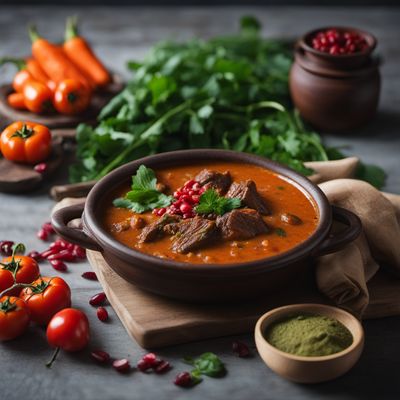
Pashtun-style Tangy Beef Stew
Zesty Pashtun Beef Delight